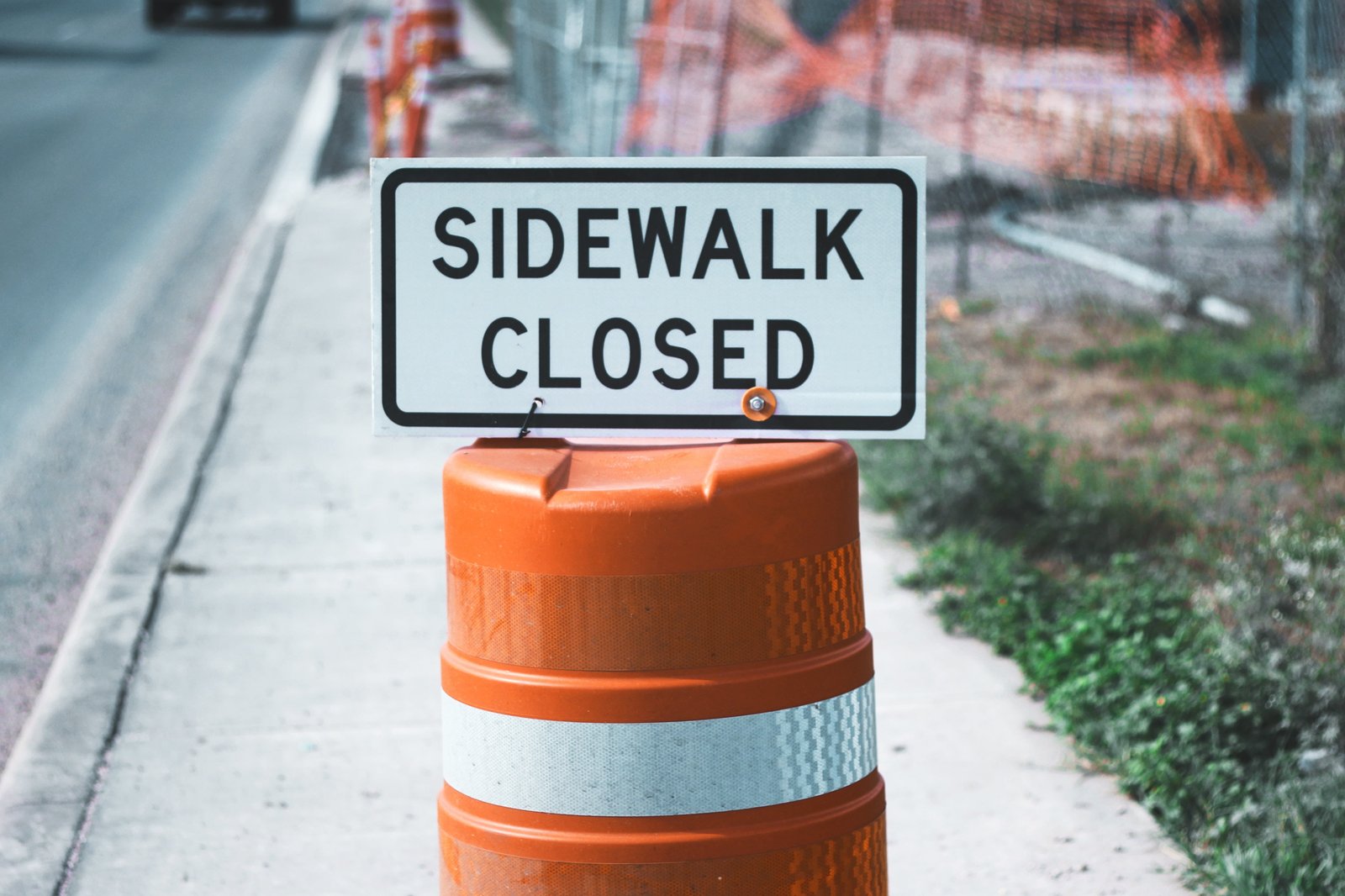Sealcoating Practice for Contractors
Sealcoating Practice is best governed by your local and state regulators ; however, most bids place an application process that is posed as the process at which property owners are to govern the work of contractors. In the following it will outline eight steps in a specific scenario by some property managers:
- To best help guide a contractor, the contractor must check with local zoning codes and pertinent regulations. This is to include licensing and permitting to complete a project.
- Contractors are to always provide safety for themselves and their employees through proper barricades and signage to prevent pedestrians and vehicle traffic from accessing treated work zones until the area has cured properly.

- According to a standard lease agreement the application process should include a rate of 70-82 sq ft per gallon for each coat (or manufactures specified application rate). Checking your manufactures rate is imperative especially when a contractor is using different types of sealcoat. Asphalt Emulsions versus Coaltar Emulsions react differently. see step 4 for additional information.
- Leasers instructions state that a contractor should follow the pavement sealer in accordance to the manufacture’s procedure to a uniform consistency before using. Some sealer manufactures provide approved types from sealer for our specific store such as SealMaster’s , Sealmaster polymer-modified masterseal(PMM) or the SealMaster polymer-modified coal tar sealer (PMCTS) which requires no onsite additional dilution according to this specific procedure agreement. It does ;however, require the addition of silica sand after the polymerized mixture has thickened. silica is to be washed and added at a rate of 4 lbs per gallon slowly mixing into the tank before application . mixing should continue even during application process.

Sealcoating Application 1, 2, 3 coats
- First Coat application: the first coat that is applied is approved to be applied by hand squeegee, self propelled squeegee equipment or by using a pressurized spray equipment.
- Second Coat application: the second approved coat is to be applied by pressurized spray equipment.
- Third Coat application: the third approved coat is to be directed to the high trafficked drive lanes, drive thru and any other heavy traffic areas through the use of pressurized spray equipment. Through this process with this specific agreement no coats are to exceed .39 gallons per foot of sealer.
- Finished product detail: the contractor should allow 8 to 24 hours of curing time or longer depending on curing speed. This mainly depends on weather conditions such as temperature, season, wind, etc. before traffic is allowed to enter the treated areas. This will also need to be used in determining when to apply traffic marking paint in which this agreement only the use of solvent borne paint is to be permitted.
______________________________________________________________________________
 Disclaimer: NOT ALL APPLICATIONS ARE DONE THIS WAY. IN THIS SCENARIO IT WAS BASED OFF SPECIFIC LEASE AGREEMENTS BUT IT IS A GOOD PROCESS TO FOLLOW IF YOU ARE NEW AND HAVE NO OTHER CLUE OF HOW TO COME UP WITH A REGULAR SEALCOATING PRACTICE OR PROCESS TO PROVIDE CONSISTENT QUALITY.
Disclaimer: NOT ALL APPLICATIONS ARE DONE THIS WAY. IN THIS SCENARIO IT WAS BASED OFF SPECIFIC LEASE AGREEMENTS BUT IT IS A GOOD PROCESS TO FOLLOW IF YOU ARE NEW AND HAVE NO OTHER CLUE OF HOW TO COME UP WITH A REGULAR SEALCOATING PRACTICE OR PROCESS TO PROVIDE CONSISTENT QUALITY.
![]()
Do you have any best sealcoating practices you use with parking lots? or have you ever had a tenant require a certain process? Feel free to drop your process in the comments!!!





Leave a Reply
Your email is safe with us.